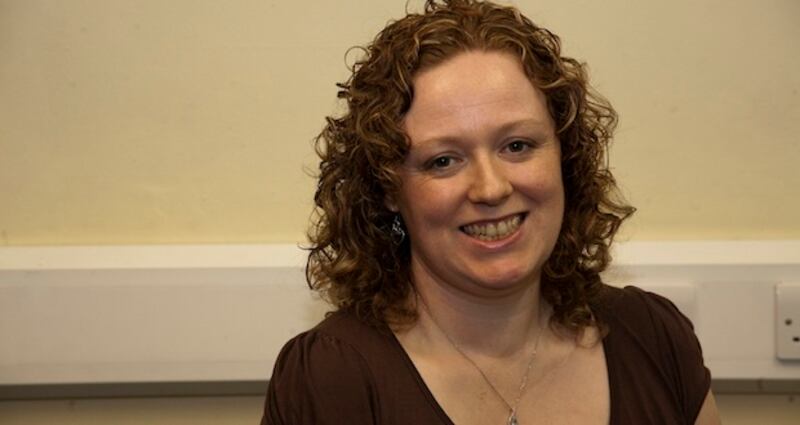When Emma Clarke Conway was younger, she had to buy gluten-free bread from the pharmacy. “The quality wasn’t good,” she says. “I went to school with a cheese sandwich and by lunchtime it would just be crumbs, so I’d only eat the cheese.”
Clarke Conway, who was diagnosed with coeliac disease as a child and now works for the Coeliac Society of Ireland, says there have been huge improvements in the texture and tastes of gluten-free products such as bread.
“And every corner store has at least one product,” she says.

When someone buys food that excludes an ingredient such as gluten, soy, nuts or egg, they usually do so for one of two reasons. Either they require specialist food because of conditions such as coeliac disease or lactose intolerance, or they are following a diet perceived to be healthier.
People who are in the first, “must eat” category and buy specialist food on a regular basis make up 25 per cent of the Free From market, with irregular, “health” purchasers making up the remain der. Estimates are that the size of the “must eat” category will grow as awareness increases and more people are diagnosed.
Once the province of pharmacies and specialist retailers, Free From products are now available in all the major supermarkets.
Research from Bord Bia says that while the Free From market currently accounts for a maximum of 1 per cent of turnover, the trade view is this is a small category with potential to expand.
Bread is a key product in the gluten-free market and well known brands include Kelkin , Mulligan’s Bakery, BFree, The Foods of Athenry and Goodness Grains .
It’s not just bread: Aruna sauces and Marco’s pizzas are all gluten-free; Cully & Sully produce gluten-free soups and ready meals; and Hodgins and Clonakilty have both created gluten-free versions of their sausages.
In 2009, Glanbia launched Avonmore Lactose Free Milk on to the Irish market in response to requests from both consumers and retailers. It is produced by adding the lactase enzyme to normal low fat milk to break down the lactose into more easily digestible sugars.
“About 13 per cent of Irish households have someone living in them who is either lactose intolerant, or actively seeking a lactose-free product,” says Robert Jordan, marketing manager with Glanbia. “As a fresh milk drinking nation, Irish consumers expect a product that delivers on taste so we developed a unique patentable process that gives us a product that tastes just like standard milk.”
“It’s still niche, but it has consistently been the fastest growing brand of milk in the Irish market over the last few years.”
There are a number of obstacles for manufacturers entering the Free From market. One is the potential for cross-contamination. Another is that products have to be tested and certified. Yet another is the research and development needed to create a product – bread or milk, say – that has the same taste and texture as the original product but without a vital ingredient.
All this means Free From foods generally have a higher price point, a source of dissatisfaction for many consumers. However, the market is also fairly insulated – Mintel research into the UK market notes that only 16 per cent of people reported having cut back on Free From foods during the recession.
“It’s a specialist industry and there is no room for error,” says Pearse Stokes, who runs EcoDirect, which delivers gluten-free, nut-free, soy-free and dairy-free products to customers all over Ireland. “The product has to be good or word gets around. ”
The UK specialist Free From food market is worth around £350 million (€415 million) and that doesn’t include the sugar-free, fat-free or meat-free sectors. It is also growing rapidly, with a 90 per cent increase between 2007 and 2012. Together, gluten-free and dairy-free make up 93 per cent of the market in the UK, with the remainder comprising categories such as egg-free and nut-free.
Recent research into the potential for Irish suppliers in the UK gluten-free market found that 49 per cent of all gluten-free buyers this year are new to the category. There is clear potential for brands to build loyalty.
“Once someone’s been diagnosed they’re going to stay a customer,” says Stokes.
“Once a coeliac, always a coeliac.”









